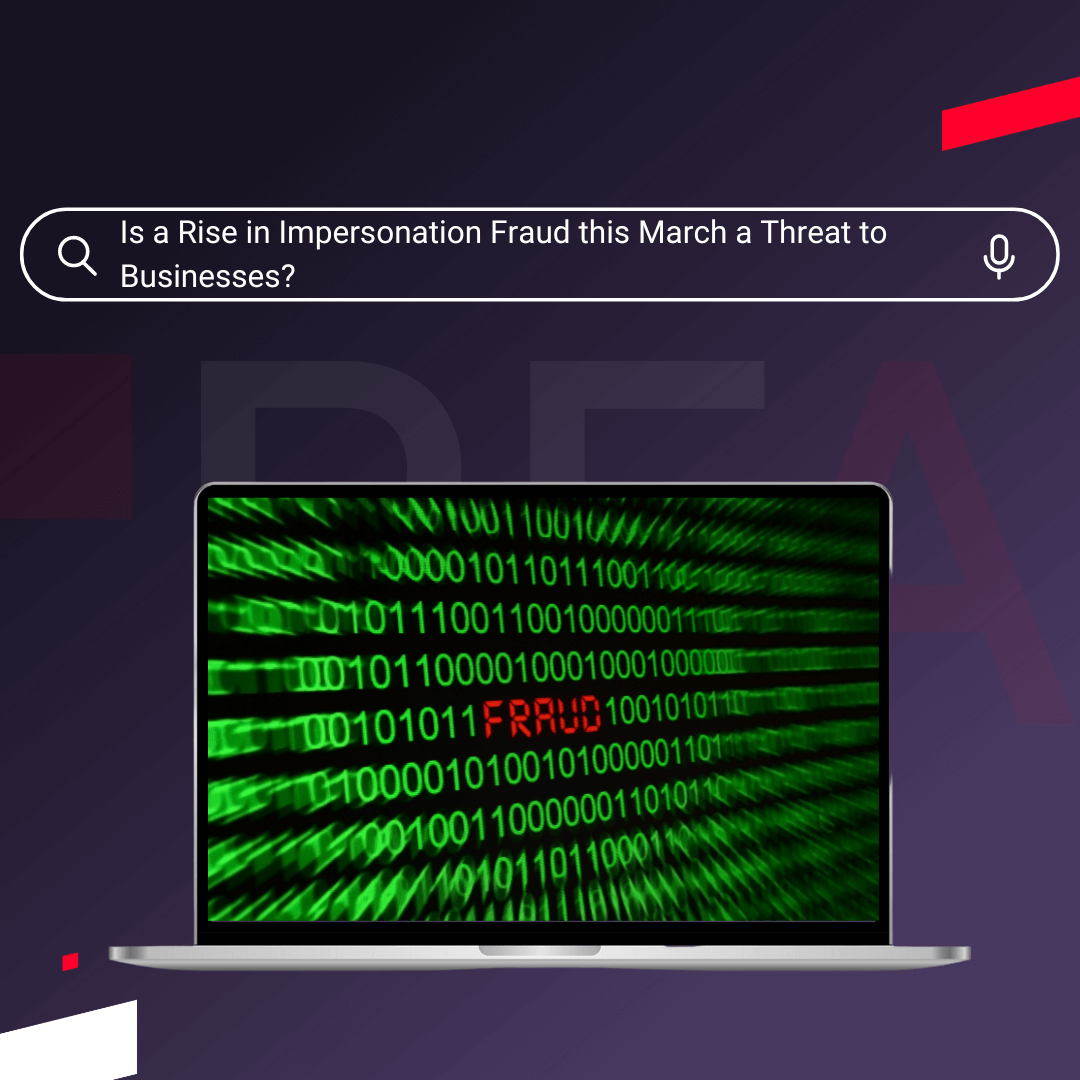The Rise in Unsecured Lending
In recent years, SMEs have found it increasingly easy to obtain unsecured loans. Many business owners are not able, or willing, to provide collateral for a secured loan so they’re turning to the growing market of unsecured debt. The range of options has increased dramatically in the last five years:
· The number of private lenders that offer short-term loans has grown; they offer a simple application process offering quick and real cash flow (e.g. Ultimate Finance).
· Peer-to-peer lending is another available option that doesn’t include banks or any other financial institutions but rather the lenders are private investors who lend to a business, often organised through an online platform (e.g. Funding Circle).
· An increasing number of invoice financing companies are offering payment against invoices (e.g. Satago).
· Banks who have had very tight purse strings over the past decade have also been getting in on the act recently and are starting to offer more unsecured loans (e.g. Barclays).
Lenders See an Opportunity
These are times when the value of an increasing number of companies is based on intangible assets; for example, a small software or consultancy company is likely to have little more than a rented office, some computers and not much more – the real value is often in their software, people or IP – difficult assets to value, but often very valuable.
Lenders always need to take both risk and reward into account, but they can make considerable returns from a successful loan book. Barclays are being optimistic about the UK economy – they see a change in the type of business looking for financing and are prepared to be more flexible in order to increase their potential returns.
Ian Rand, CEO of Barclays Business Banking said that “a business loan is a type of finance that can really transform a brilliant, hard-working company, allowing it to scale up and serve more people.”
Merchant Money, promises that “If you have a good credit history, then obtaining an unsecured loan is relatively straightforward.”
Easier Credit
The ease with which an SME owner can find an unsecured loan is increasing. There are comparison websites that offer lists of possible lenders and compare the type of loan, potential loan amount, the term, and the representative APR. The list includes – although it is not limited to – banks, peer-to-peer lending sites and financial institutions that offer short-term loans.
However, all lenders have one thing in common: they all promise a quick decision from as little as a questionnaire or some very basic information. Although in practice obtaining larger loans may require going through a more rigorous process, it’s true that today the process is considerably less onerous than ten years ago.
The Potential Downside
Of course, lenders bear risk if their loans are not repaid, and over time this is likely to put some new lending start-ups out of business, but large banks can absorb the risk of lending to the SME market. Businesses obtaining unsecured loans are getting a great deal, but there is one group who is very likely to suffer – businesses who lose out on contracts if their customers become insolvent.
The rise in unsecured lending is clearly a risk; it may mean that businesses that wouldn’t ordinarily be able to obtain financing are suddenly getting finance. This may allow them to continue trading and put off insolvency, which is a big risk for the businesses they trade with.
As lending becomes easier, it’s important to closely monitor your customers: if they are being propped up by easy credit, then at some point the house of cards may fall down and you don’t want to be owed money when it does.
What to Do
No one knows if the increase in business financing will lead to more businesses facing financial difficulties, but it’s definitely a strong possibility. Lenders are incentivised to keep lending until they reach the limit of creditworthy businesses in their loan book; they don’t want to leave possible returns on the table by refusing loans.
As a business you should be aware that more money is available and use it as an opportunity to set up monitoring of your customers more closely. Our Red Flag Alert software gives you incredible visibility on the UK business landscape:
· 6.5m+ detailed business profiles
· 100,000+ data changes every day
· 100+ indicators of financial health tracked
· 50,000+ new businesses added ever month
We can set up monitoring so if any of your customers shows early signs of financial distress you can take action before the problem grows.For a free consultation about how you can use Red Flag Alert’s data for business monitoring and company credit checks, book a demo.




